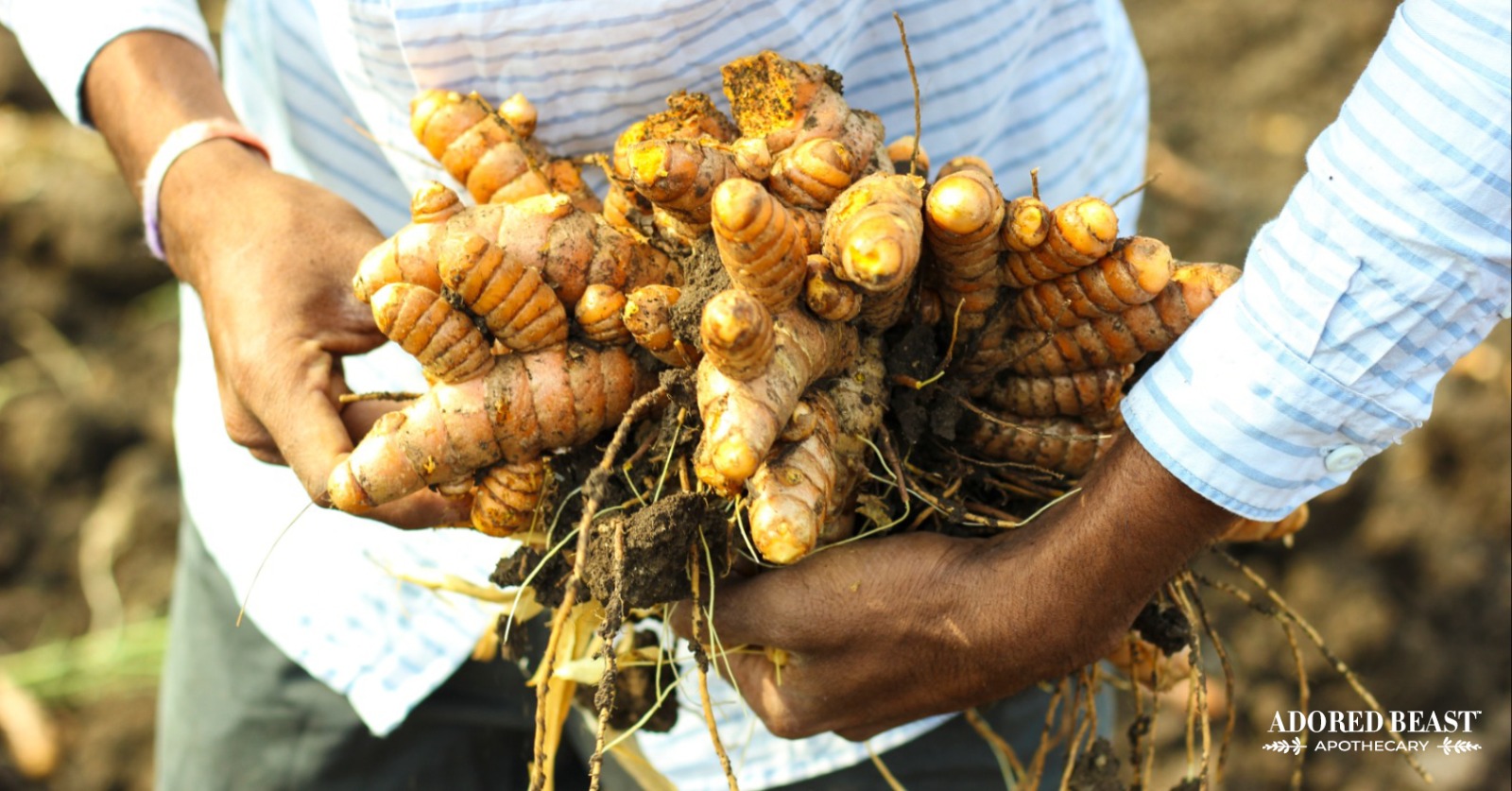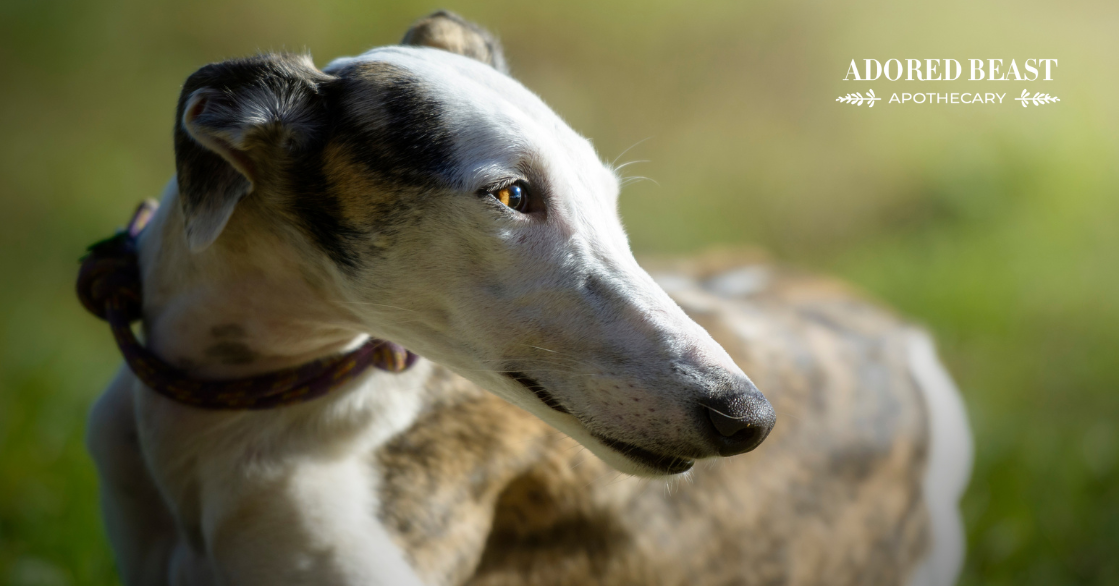Turmeric is a much-loved aromatic spice. It’s been popular in Indian cooking for centuries, and for its medicinal properties for even longer.
In fact, one of the most celebrated home remedies for things like arthritis in animals is golden paste, which is made with turmeric.
You’ll also find it in all kinds of different dog foods and supplements. We even recommend adding it to your green smoothie.
But is there lead in turmeric? That’s an important question. After all, lead is extremely hazardous to health – yours and your pet’s – so you need to know.
Today we’re talking about how common this issue is – and how to test your turmeric at home. Now, we are absolutely not trying to scare you! That’s not the goal. But you do need to be aware of the problem so you can avoid it!
The Dangers of Lead
Long banned from food products, lead is a potent neurotoxin considered unsafe in any quantity. NO amount of lead, even small amounts, is safe when you look at its cumulative effect (given or consumed often).
In the body, lead is absorbed and stored in the bones, blood, and tissues. The thing is, it doesn’t just disappear over time. It hangs out as a source of continual exposure.
Over time, lead exposure can cause:
- vomiting and diarrhea
- seizures
- stomach pain
- blindness
- anemia and weakness
- serious damage to the organs
So, is there lead in turmeric? If so, you need to know about it.
Is There Lead in Turmeric?
Various studies say that yes, some turmeric contains lead.
In 2010, the Times of India reported that during a raid by the Indian Food and Drug Authority in 2010, inspectors discovered >100 bags of raw turmeric contaminated with lead chromate at a spice-manufacturing plant.
A 2014 Harvard University study found lead concentrations of up to 483 ppm in turmeric samples taken from 18 households in rural Bangladesh, where the allowable level of lead in turmeric is 2.5 ppm. Yes, that’s a major difference in what’s allowed and what they found.
And in 2019, a study out of Stanford University showed that turmeric coming from Bangladesh, one of the world’s predominant turmeric-growing regions, sometimes contains lead.
Why? Why in the world is there lead in turmeric?
Some turmeric processors (don’t worry – not all!) add a colour additive that contains a type of lead to turmeric because of the demand for the bright yellow colour. This additive is called lead chromate – an industrial yellow pigment – and it gives turmeric that sunny hue.
**Note: lead contamination can sometimes come from the soil the turmeric is grown in, but that’s very, very uncommon.
Ok, but how common is this issue?
Well, the good news is that Stanford researchers didn’t find any evidence of contaminated turmeric beyond Bangladesh. And they note that stricter safety checks by countries importing turmeric have led many large-scale Bangladesh spice processors to stop (or severely limit) the use of lead chromate in production.
However, the researchers do still urge caution, noting “the current system of periodic food safety checks may catch only a fraction of the adulterated turmeric being traded worldwide.”
So, what can you do to reduce the risk to your pets?
How to Test Turmeric for Lead
The easiest way to avoid this issue is to use fresh turmeric. If you buy it fresh, and local, you’re much closer to the source and you control the process. Whole and unpeeled turmeric is less likely to be contaminated or adulterated. You can easily slice, grate, or dry it — and it stays good in your fridge for a long time.
To test if the powder in your cupboard may contain lead, mix a teaspoon of turmeric powder with water. If there is lead, it will instantly leave streaks of water-soluble colour in the water.
We tested our own turmeric in a recent Ask Julie Anything – check it out!
You can also test the turmeric for adulteration in a few other ways:
1. The Water Test: Take a glass of warm water and add a teaspoon of your turmeric powder to it. Let it sit for 10-15 minutes. If the turmeric powder settles down, it is pure. If it doesn’t settle to the bottom and leaves a dark yellow colour, it is adulterated.
2. The Palm Test: Take a pinch of your turmeric powder and rub it into the palm of your hand for a few seconds, then turn your palm over. Pure turmeric will stick to your palm and leave a yellow stain, whereas adulterated turmeric will mostly fall off.
While this may not be a common issue, it’s an important one. Always check the source of your turmeric and test if you’re unsure of purity. No amount of lead is safe, so you need to avoid it for yourself and your pets!
Please note that our trusted industry pet leaders are vigilant with sourcing so please don’t worry if you are using a turmeric product from a brand that you fully trust. If you are concerned at all just reach out to the company and ask 🙂












